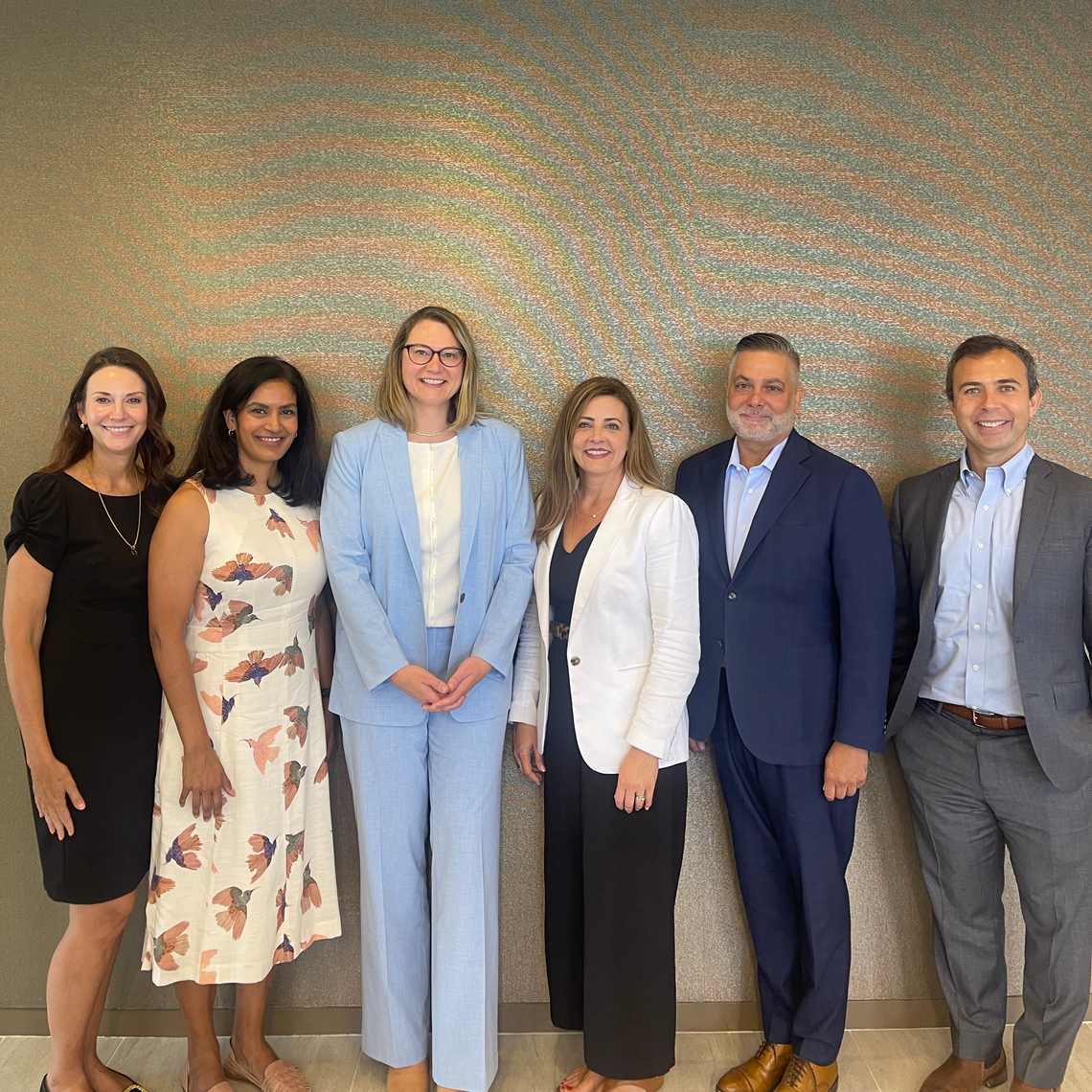
blog
The Future of the Office is Now: A Recap of the June 2025 CPDC Meeting
At the June 2025 CPDC membership meeting, a panel of industry leaders discussed the evolving landscape of office design and its intersection with the return to office. As office spaces shift to better accommodate their employees, companies like Glenmede, Gensler, and JLL are designing offices as intentional destinations, which welcome employees to collaborate in person. As the role of the in-person office shifts, Center City Philadelphia is increasingly seen as an extension of the office: being downtown is an amenity in itself.
Panelists:
-
Rija Beares (Moderator), Market Leader for the Greater Philadelphia Region, CBRE
-
Linda Pileggi, Design Director & Senior Associate, Gensler
-
Kimberly Smith, Senior Vice President of Workplace Strategy, JLL
-
Raj Tewari, Chief Operating Officer, Glenmede
Read along for highlights from this program and learn more about how you can get involved with CPDC.
The Built Environment: An Employee’s First Impression
The meeting began with a presentation on the city’s alleys from Center City District’s President and CEO Prema Gupta and Director of Planning and Urban Design Andrew Jacobs. Clean, safe, and vibrant alleys are key to unlocking the full potential of downtown real estate. The discussion emphasized the importance of supporting the cleanliness and safety of our downtown’s alleyways, along with policy recommendations and enforcement tactics that can contribute to making Center City more welcoming and walkable for employees and visitors alike.
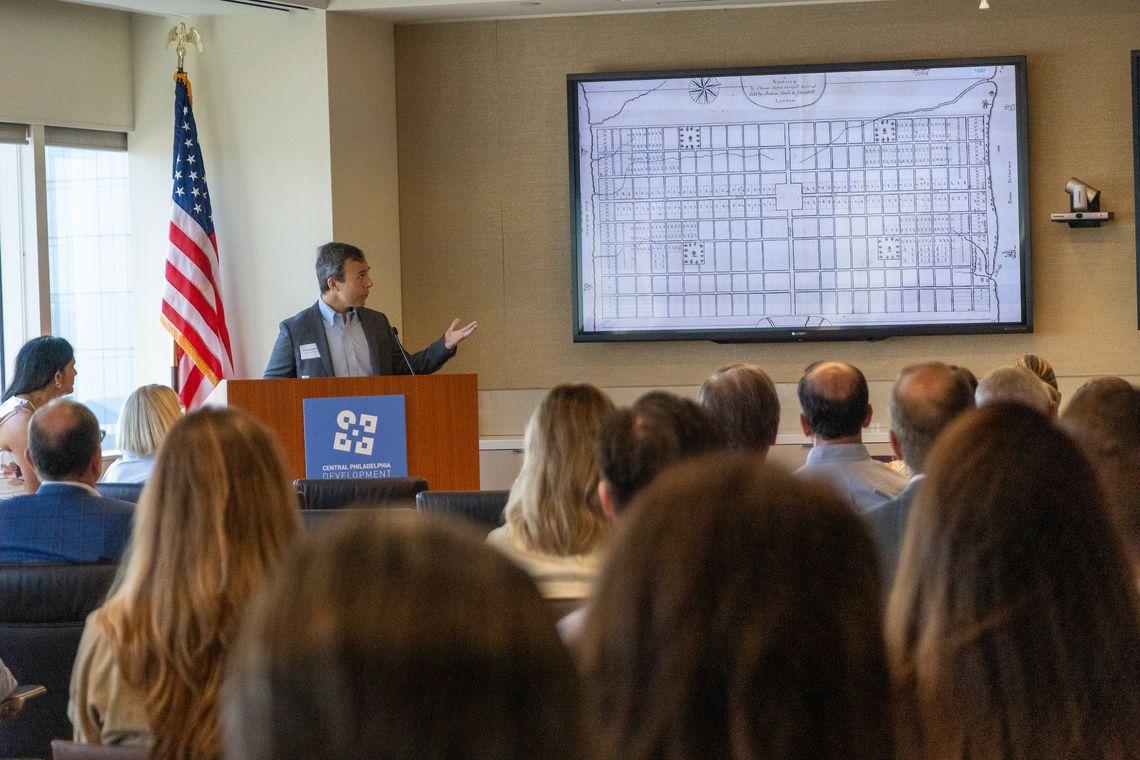
Center City workers’ impressions of downtown are heavily influenced by its built environment, which is one reason why assessing our alley network and identifying short-term steps to improve their cleanliness and appearance is critical to maintaining Center City’s competitiveness as a business location of choice.
Workplace Design and the Modern Office
Over the past five years, workplace design has undergone a significant shift. Previously focused on maximizing density, office space design now prioritizes flexibility, largely due to advancements in virtual meeting technologies. This change has expanded the scope of what an office should look like and how it facilitates productivity for employees.
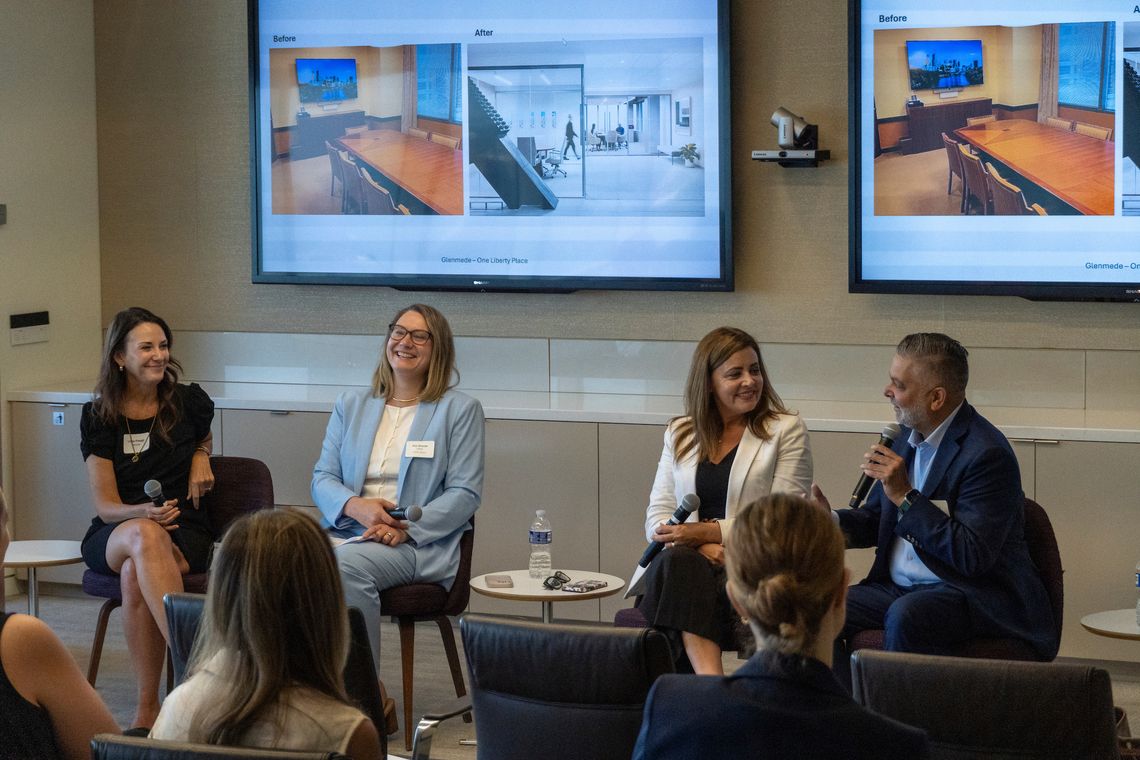
A prime example of this transformation is the renovation of Glenmede’s office at One Liberty Place, designed by Gensler. Raj Tewari shared how his company redesigned its office after renewing its lease in Center City for the next 13 years. One of Gensler’s big design moves for Glenmede was establishing the middle floor of its three-story space as a hub, centralizing areas for meeting and socializing around the reception area so that visitors, clients, and the workforce all experience the buzz and liveliness of the space.
All in the Details: The Importance of Amenities
As JLL’s Kimberly Smith remarked, offices should be designed to be better than working from home. The key to this, according to Smith and Gensler’s Linda Pileggi, is aligning workplace functionality with the company’s culture and creating an environment where employees feel cared for.
Even small details—like the smell of coffee brewing at Glenmede’s in-house coffee bar—create an atmosphere of comfort. Personal interactions, such as chatting with a barista who remembers an employee’s name, foster a sense of belonging.
Moreover, Pileggi explained that amenities like these are critical because “shared experiences build trust,” which strengthens company culture. As a testament to the success of their new office space, Tewari shared that Glenmede already hosted 50 events in their redesigned space, turning it into not just an office but a destination that fosters community and promotes the company’s brand.
Philadelphia’s World-Class Amenities as a Draw for Employees
Each year, Philadelphia continues to add more people back into the office. The city’s rich array of amenities plays a key role in attracting employees. In an office culture where technology allows employees to work anywhere, “the city becomes an extension of your office,” as Pileggi and Smith pointed out.
Both cited Center City District’s long-running Sips happy hour program as another example of how to foster a community atmosphere for workers with activities that encourage people to spend time downtown.
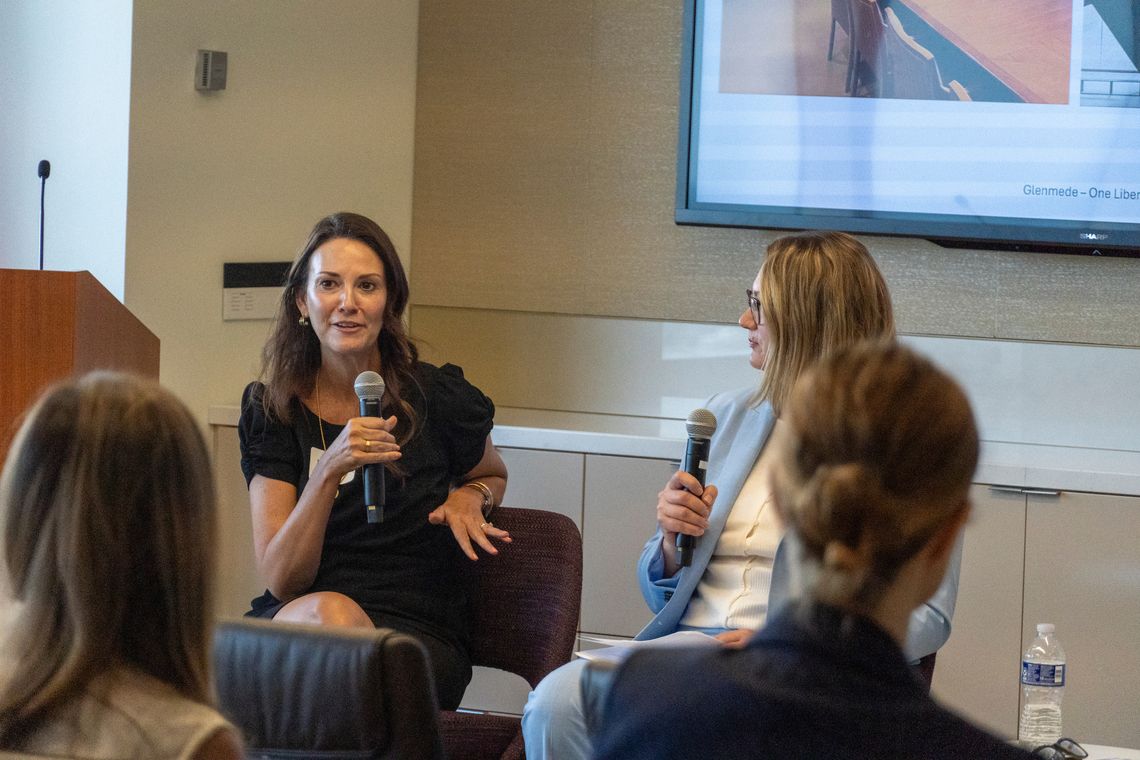
From Mandate to Magnet: Rethinking the Return to Office
Looking ahead, panelists agreed that in five to 10 years, the conversation around return-to-office will likely be a moot point. The culture of a flexible and accommodating office schedule, where employees are welcome to return in person, will naturally become the standard.
When the office is presented as an optional space that is enjoyable to work in, employees are more likely to voluntarily return. Cultivating trust and allowing flexibility empowers employees to take ownership over their work and build a productive, engaged workforce.
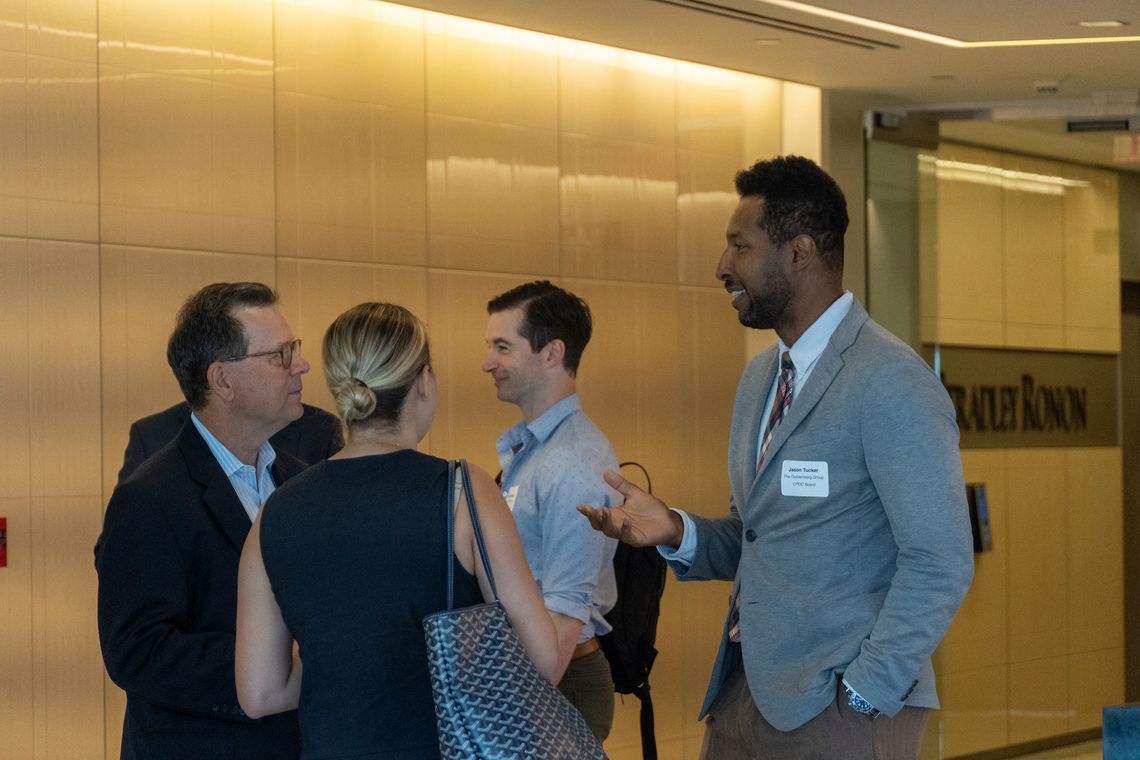
Get Involved
Interested in joining our next exclusive event? Learn how you can become a member of the Central Philadelphia Development Corporation and attend our member-only events and panels.